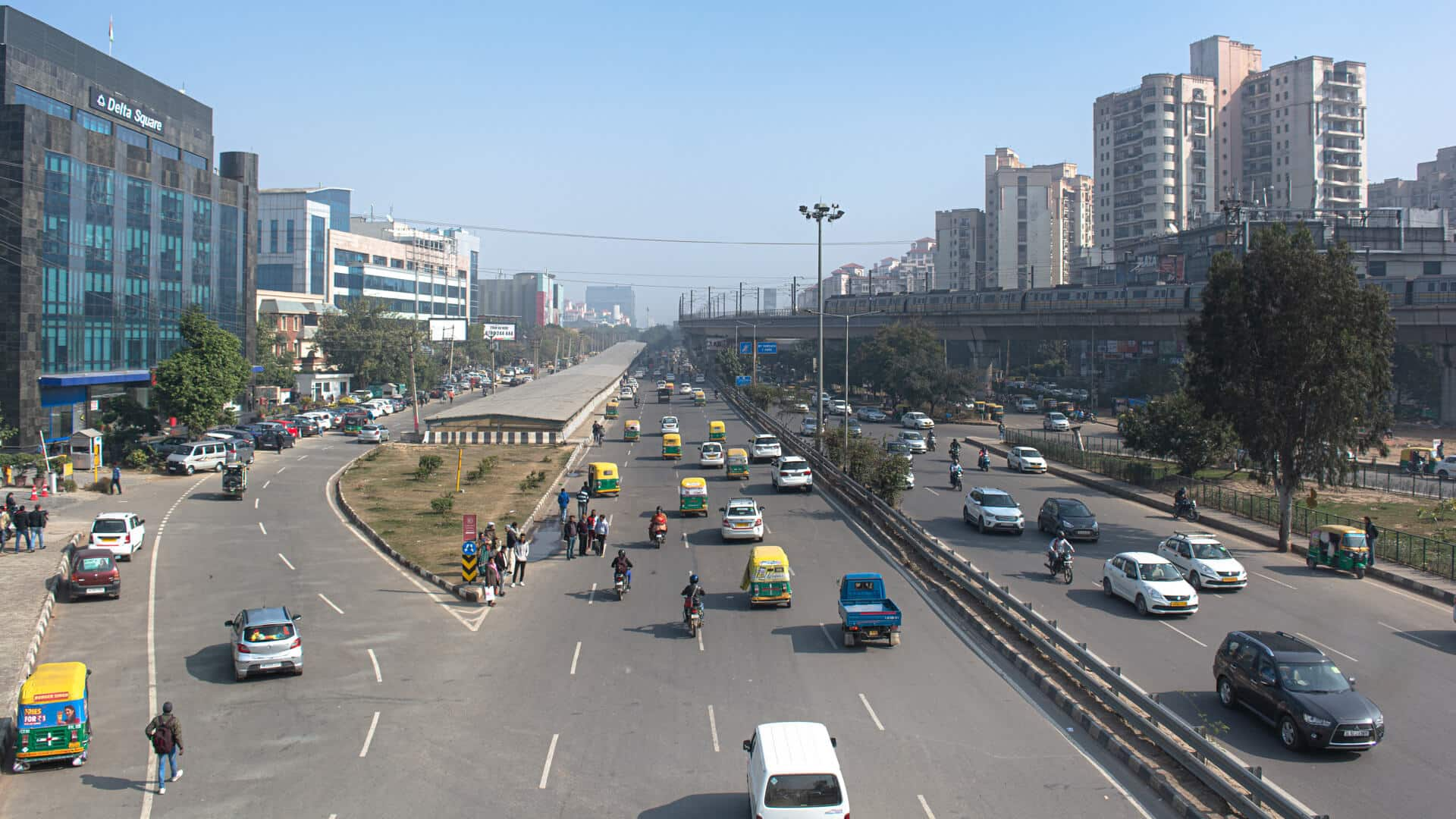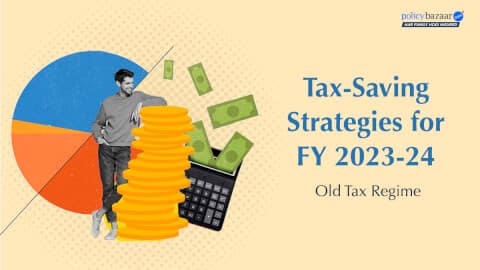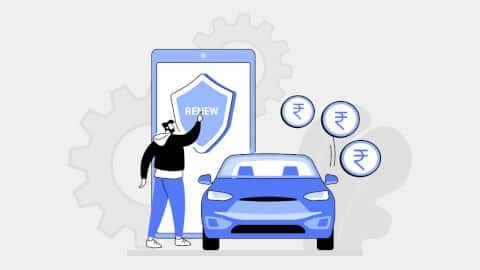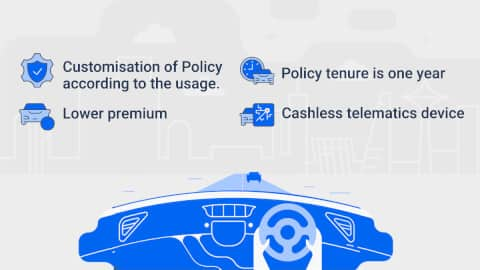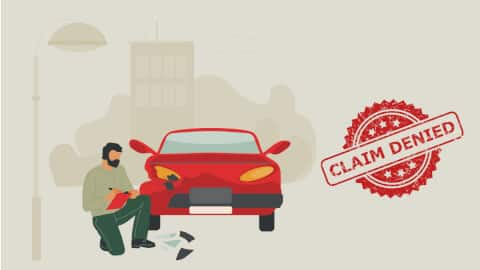1
Feeling Inadequately Insured? 3 Ways To Extend Your Health Insurance CoverWhat's New
Motor Vehicles (Amendment Act) 2019: What it means for you?
We all have a tendency to break rules. Be it cheating in exams or taking shortcuts to save time. It gives us a thrill when we manage to escape the repercussions. Some derive a sense of achievement in disobeying the authority and moving differently from the norm. For others, the circumstances might pressurize them to break the rules. Long story short- rules are often broken. But breaking traffic rules can be fatal, literally.
What is the act about?
The Motor Vehicles (Amendment) Bill, 2019 is based on the recommendations of the Group of Transport Ministers (GoM) of states constituted by the Ministry of Road Transport and Highways to address the issue of road safety and to improve the facilitation of the citizens dealing with transport departments.
((calculator))
The amendments in the Bill mainly focus on issues relating to improving road safety, citizens’ facilitation while dealing with the transport department, strengthening rural transport, last mile connectivity and public transport, automation and computerization, and enabling online services.
Why is it important?
The Ministry of Road Transport and Highways issued an alarming report in 2018 that stated, a total of 4,67,044 road accidents happened in 2018, claiming 1,51,417 lives and causing injuries to 4,69,418 persons in India. As per reports of World Road Statistics 2018, India tops the list of road accident deaths worldwide beating China and the US.
This felt the need to address this grave issue and the central government amended the Motor Vehicle 1988 Act by the Motor Vehicles (Amendment Bill) 2019. The President of India passed the new amendments on 9th August 2019 and most of them are in force since 1st September 2019.
What are the amendments?
Now, breaking traffic rules can cost you dearly. The penalties have been increased by almost 10 times on various violations.
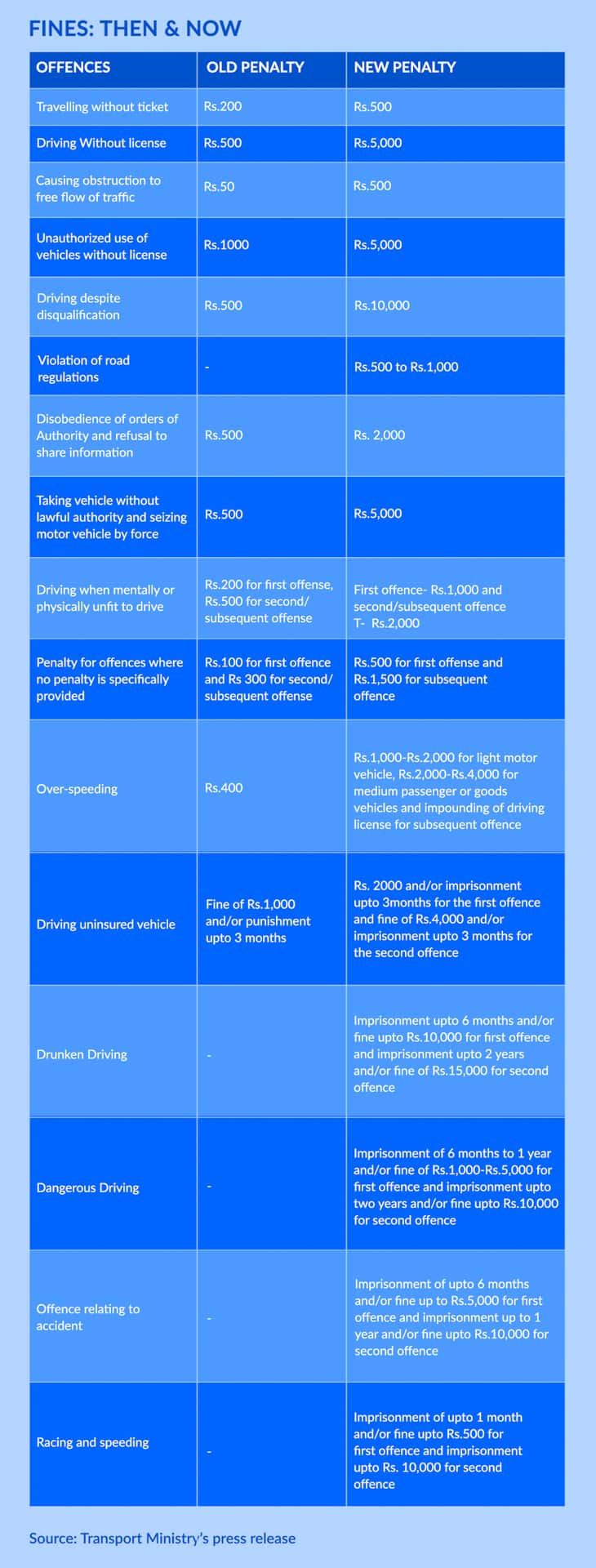
The amended act prescribes compensation and immediate cashless treatment for accident victims with the 'golden hour' period. Under the clause, the golden hour is described as the ‘one-hour’ post a major accident, wherein prompt, life-saving medical treatment can be given to the victim, thus saving his/her life. The act also envisions providing interim relief to third-party insurance claimants, seeking compensation.
“There is a misconception that motor vehicle amendment act only deals with penalties. In fact, it is a fairly comprehensive amendment that deals with structural reforms ranging from licensing to driver’s education, safety of children. In the history of legislative work in India, safety of children has been addressed in the law for the first time,” Piyush Tewari, Founder, Save Life Foundation, non-profit working for road safety in Delhi said.
For example, in the act, it has been laid that whoever drives a motor vehicle or causes or allows a motor vehicle to be driven with a child who, not having attained the age of fourteen years, is not secured by a safety belt or a child restraint system shall be punishable with a fine of one thousand rupees.
“It addresses issues around road engineering and design, institutionalized scientific investigation of road crashes, giving legislative backing to Supreme Court instituted good samaritan law. It is a very comprehensive amendment. However, a critical issue is implementation of these rules,” he added.
How are people perceiving the new rules?
People have given mixed responses to the new rules.“I was fined a whopping Rs 80,000 on account of overloading. I could fuel my vehicle for a month in this amount,” said Ramadhir, a trucker from Delhi. Anubhav Dutta, a merchant navy officer based in Delhi opines that the increase in penalty is a good step.
"Inflation is growing at a faster rate, so the new fines are legit. Fines imposed earlier were less, so everyone used to pay easily in case they violate traffic rules and get rid of it. Paying a challan was much easier than following traffic rules. We are seeing a reduction in traffic violation after the new rules have been enforced,” he said.
“There was chaos at pollution check centers in my area when the new rules were enforced. Under the motor vehicle act, the violation of pollution under the check norm invites a penalty of Rs 10,000 instead of an earlier fine of Rs 1,000. People are becoming more cautious now because they don’t want to burn a hole in their pockets. Delhi has become a gas chamber and this rule will pave the way for keeping pollution under control,” said Dutta.
A comparison of fines in India vs other countries
In Delhi alone, 3,900 challans were rolled out on the very first day of the implementation of new traffic rules. Social media sites are flooded with memes and trolls related to these amendments. But is the uproar of people justified? When compared to many other countries, the new fines don’t look so hefty. As per new rules, you end up paying Rs 2,000 for over speeding (earlier it was Rs 400).
Fine for speeding in the USA is Rs 10,794, while in Japan you pay Rs 23,699 for the same. Now you end up paying Rs 5,000 if caught driving without a license. A ten times hike from the previous Rs 500. The fine for the same offense in Singapore is a whopping Rs 5,17,543 while in Japan it is Rs 2,03,134 .
Fine for no seat belt or helmet in India is Rs 1000 whereas, in Singapore, it is S$ 150 for light vehicles (equals Rs 7,806.44), S$200 for heavy motor vehicles (equals Rs 10,406.41), Thailand- 200 baht (equals Rs 468) and Malaysia- RM 300 (equals Rs 5,067.99). On jumping a red light in India, one has to pay Rs 1000 while it is S$400 for light vehicles (equals Rs 20,809.98) and S$500 for heavy motor vehicles (equals Rs 26,014.44) in Singapore, 300 Baht (equals Rs 701.75) in Thailand and RM300 (equals Rs 5,081.76) in Malaysia.
Enforcement of new legislation
Save Life Foundation, a non-profit organization based in Delhi and committed to improving road safety conducted an observational study on the implementation of the new act in Delhi and Maharashtra recently. The study was conducted across three sites-
i. Burari, Bhalswa, and Mukundpur Chowk in Delhi
ii. Mumbai Pune Expressway (MPEW) in Maharashtra
iii. Old Mumbai Pune Highway (NH48) in Maharashtra
1,190 vehicles were observed across the three sites in Delhi and Maharashtra before the implementation of the MVAA, 2019 and 1,294 vehicles were observed across the three sites in Delhi and Maharashtra after the implementation of the MVAA, 2019. The study found that there was a 17.8% increase in usage of seat belts for Light Motor Vehicle (LMV) drivers on Burari Chowk.
80.5% increase in bus drivers wearing seat belts on the Burari Chowk. 10% increase in usage of helmets on Bhalswa chowk. In Maharashtra, overall, seat belt compliance increased by 13%. Overloading violations in trucks (MPEW) reduced by nearly 10%. Seatbelt usage for truckers increased by 21%.
((quote_1))
Increase in the renewal of policies
According to the General Insurance Council Report of 2016, there are over 19 crore registered vehicles on Indian roads out of which only 8.26 crore are insured. This means that people don’t bother insuring their vehicles much. Due to the increase in fines, the insurance web aggregator sites are now loaded with customers seeking renewal of policies. Most of them renewed their lapsed policies in the last two weeks.
“With the new regulations, people are now voluntarily coming in and renewing their policies. We have seen a rise of 300 percent in the issuance of two-wheeler insurance policies in the past few days since the new regulations kicked in,” said Jasleen Kohli, Chief Distribution Officer, Digit Insurance.
"As Motor Vehicle act got stringent, the number of two-wheeler insurance sales on insurance companies’ websites’ increased about 2.5 times in the month of September compared to August. Whereas, two-wheeler insurance sales on Policybazaar.com, rose about six times. That shows the strength of a brand that we garnered over a period of time. For private cars, it has gone about two times on PolicyBazaar.com whereas, on insurers’ platforms, it was about 1.25 times,” said Sajja Praveen Chowdary, Business Head, Motor Insurance, Policybazaar.com.
Chowdary also said that people look at Policybazaar.com as the most comfortable option to renew policies. “Our systems were pretty stable to handle a lot of traffic whereas other insurance companies' systems went down during that time,” he added.
(Cover Image: Antriksh Mohil)
((newsletter))

